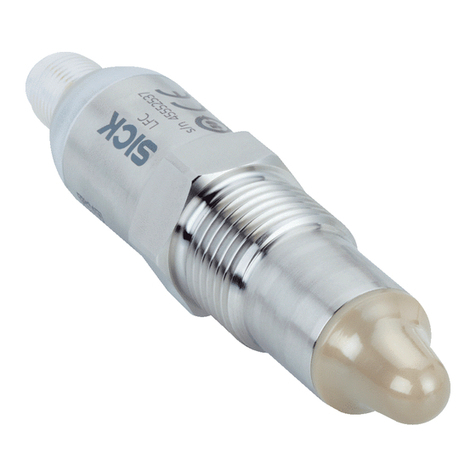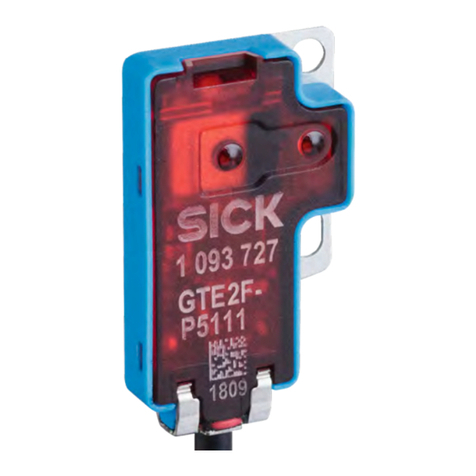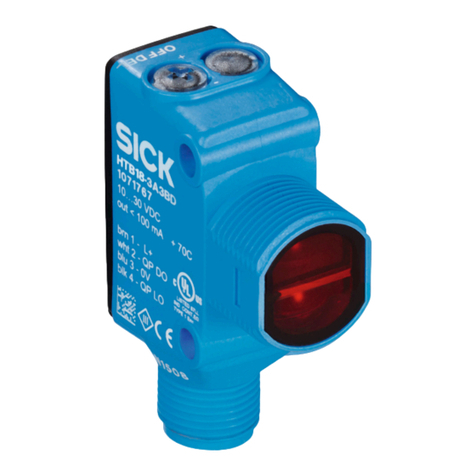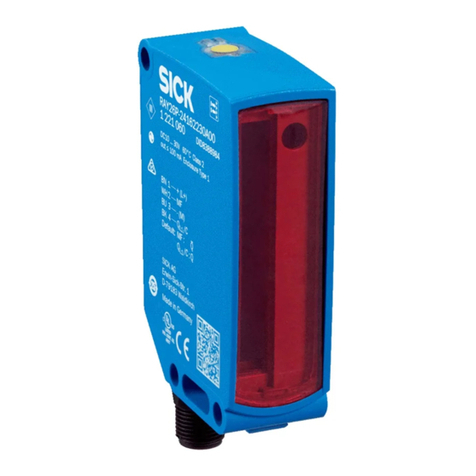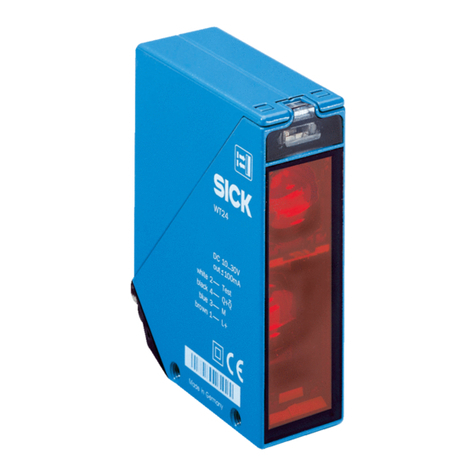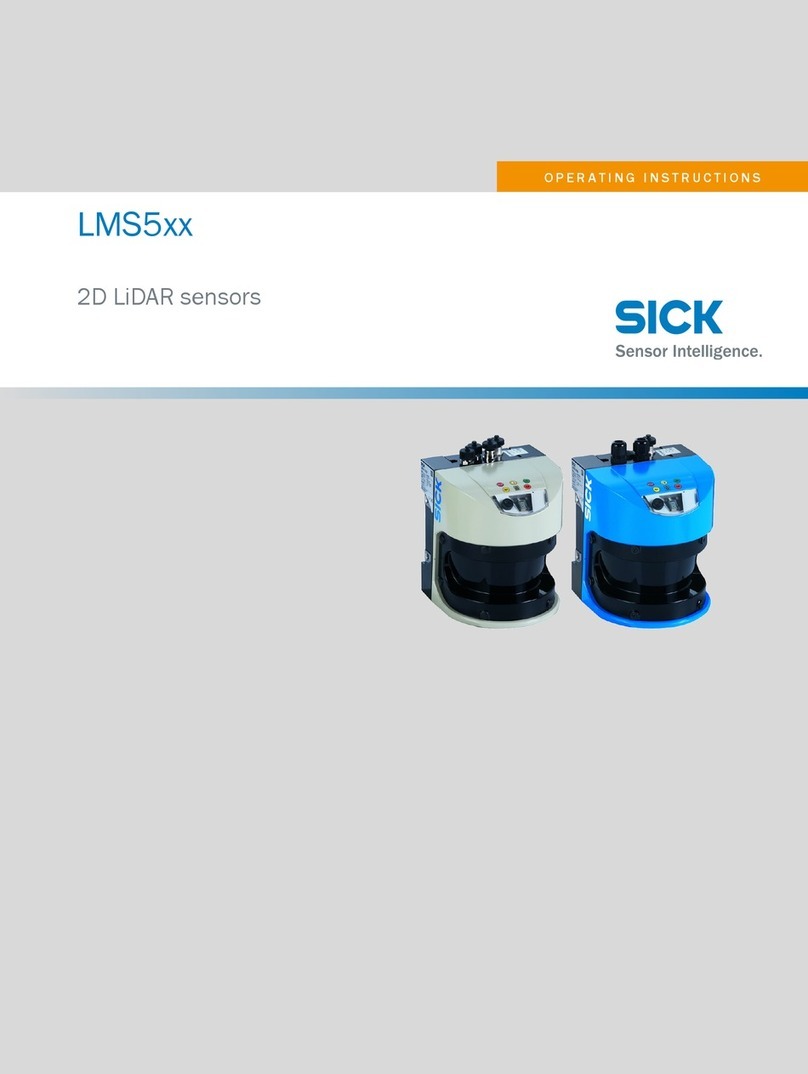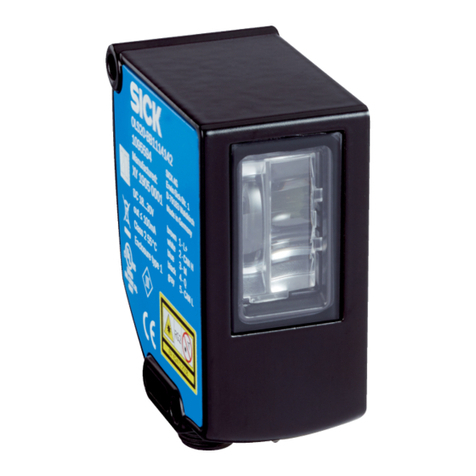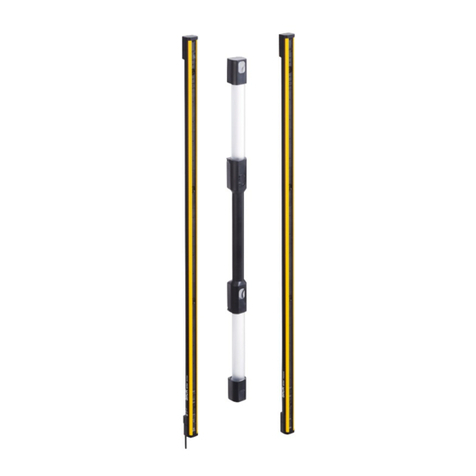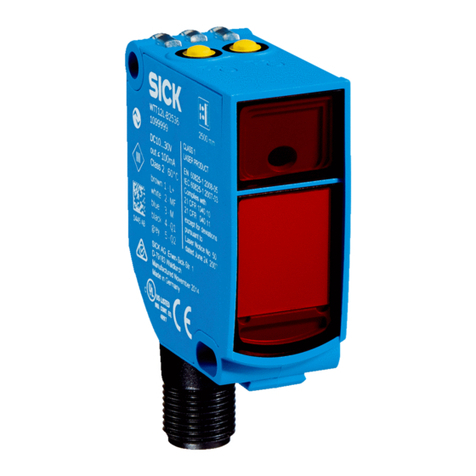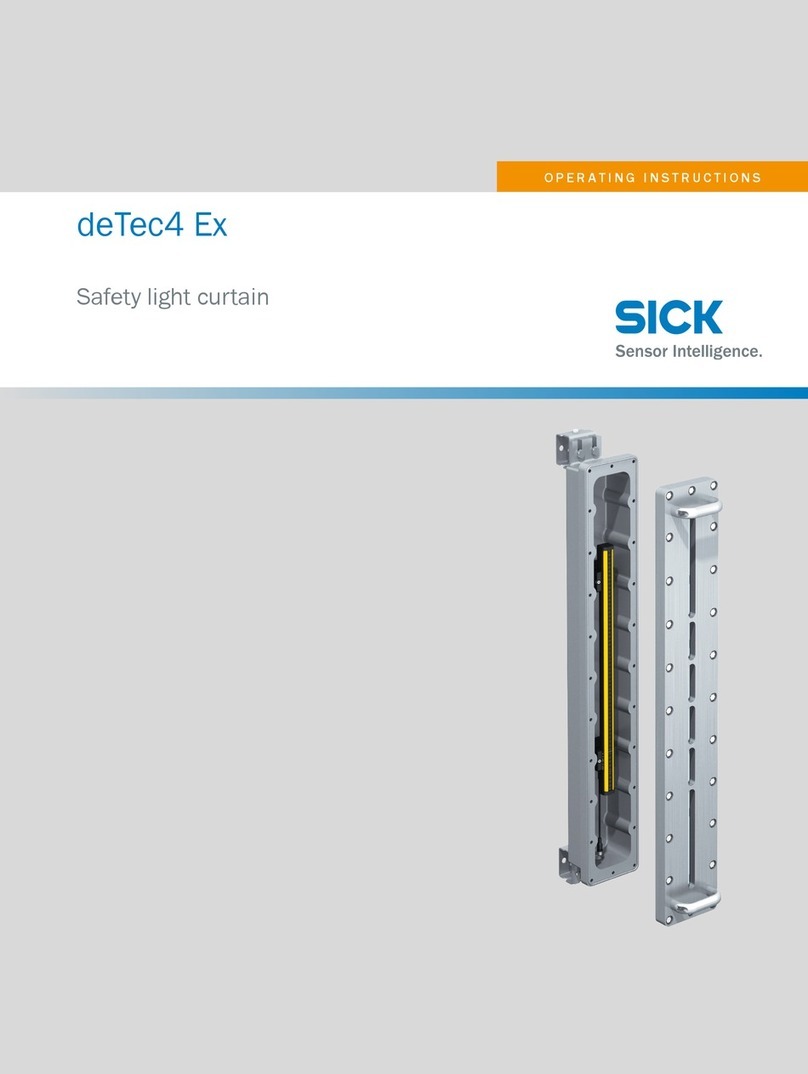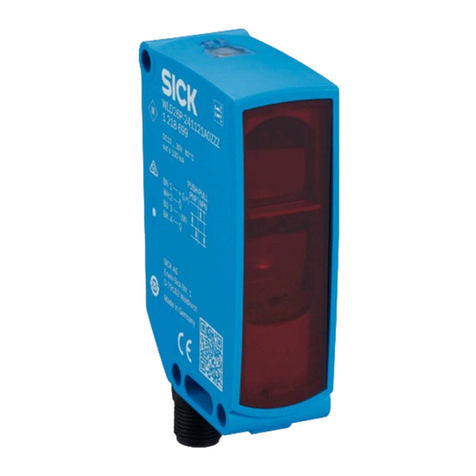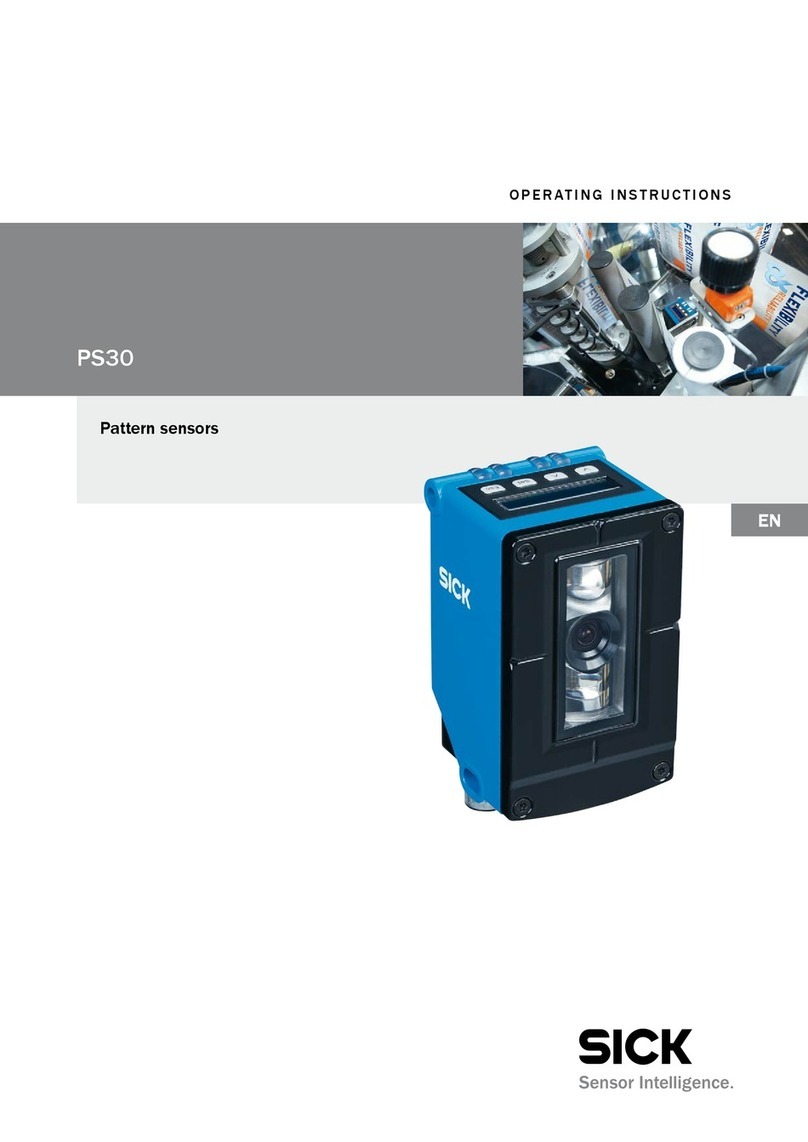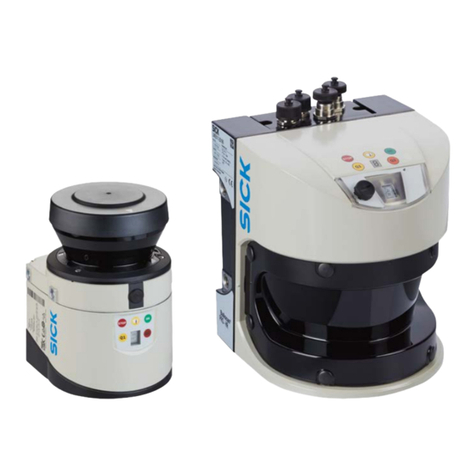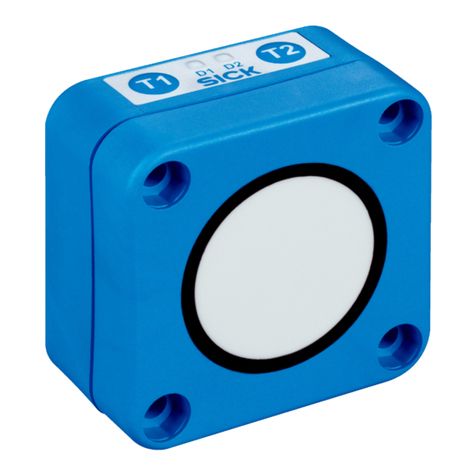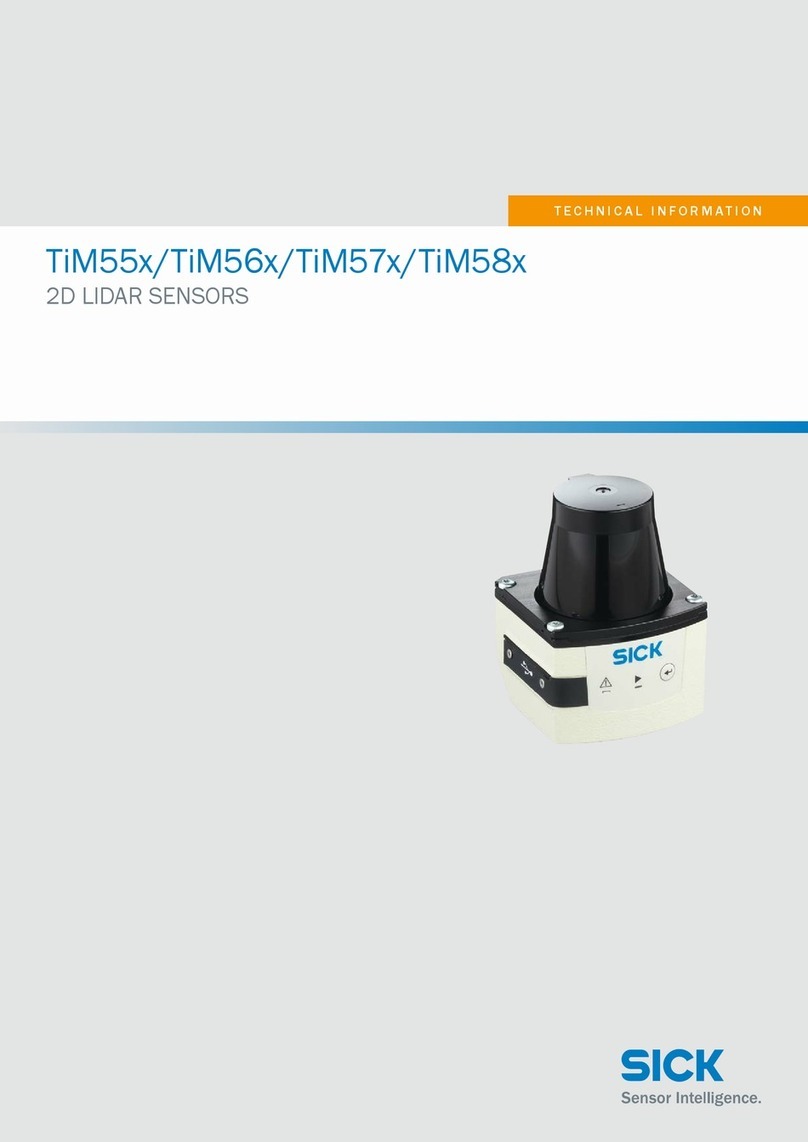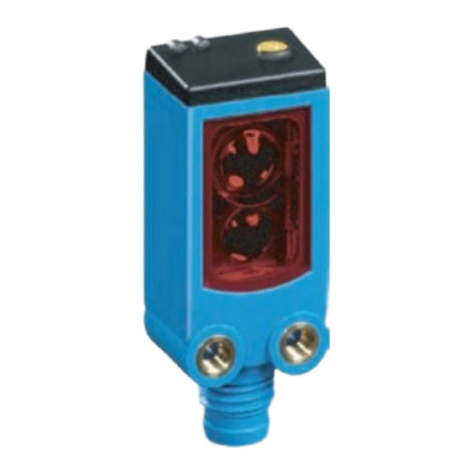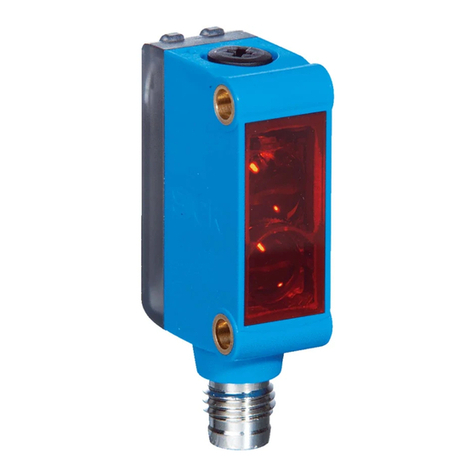
6.2 Prerequisites for safe operation of the device........................................ 27
6.3 Connection principle................................................................................. 28
6.3.1 Service mode connection schematic..................................... 28
6.3.2 Connection principle for read mode....................................... 29
6.4 Pin assignments of electrical connections............................................. 29
6.4.1 Power/Serial Data/CAN........................................................... 29
6.4.2 Ethernet.................................................................................... 30
6.5 Connecting the device.............................................................................. 31
6.5.1 Connecting the supply voltage................................................ 31
6.5.2 Wiring the data interface......................................................... 31
6.5.3 CAN interface........................................................................... 32
7 Commissioning.................................................................................. 33
7.1 SOPASET configuration software............................................................ 33
7.2 Configuration with SOPAS ET................................................................... 33
7.2.1 Configuring the device manually............................................ 33
7.2.2 Complete the configuration..................................................... 34
7.3 Initial commissioning................................................................................ 34
7.4 External data back-up............................................................................... 35
7.5 Coordinate system.................................................................................... 36
8 Maintenance...................................................................................... 37
8.1 Maintenance plan..................................................................................... 37
8.2 Cleaning..................................................................................................... 37
9 Troubleshooting................................................................................. 40
9.1 General faults, warnings, and errors....................................................... 40
9.2 Displaying the status log.......................................................................... 40
9.3 Repairs...................................................................................................... 40
9.4 Returns...................................................................................................... 40
9.5 Replacing the device................................................................................ 41
10 Decommissioning............................................................................. 42
10.1 Disposal..................................................................................................... 42
11 Technical data.................................................................................... 43
11.1 Features.................................................................................................... 43
11.2 Mechanics/electronics............................................................................. 44
11.3 Dimensional drawing................................................................................ 45
11.4 Performance............................................................................................. 45
11.5 Interfaces.................................................................................................. 46
11.6 Ambient data............................................................................................. 46
12 Accessories........................................................................................ 47
13 Annex.................................................................................................. 48
13.1 Declarations of conformity and certificates............................................ 48
CONTENTS
4O P E R A T I N G I N S T R U C T I O N S | GLS611 8026021/1D2S/2022-09-01 | SICK
Subject to change without notice
